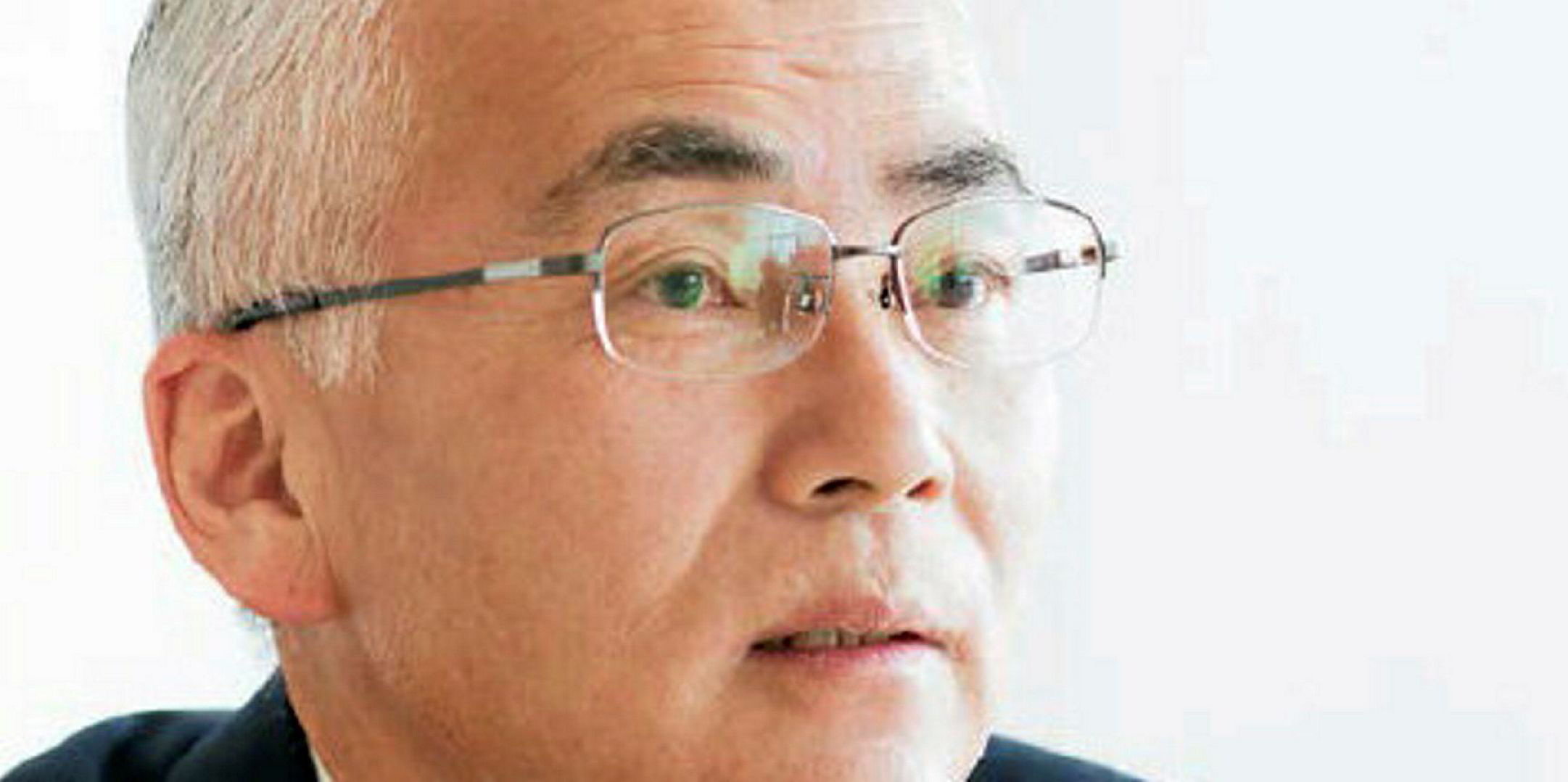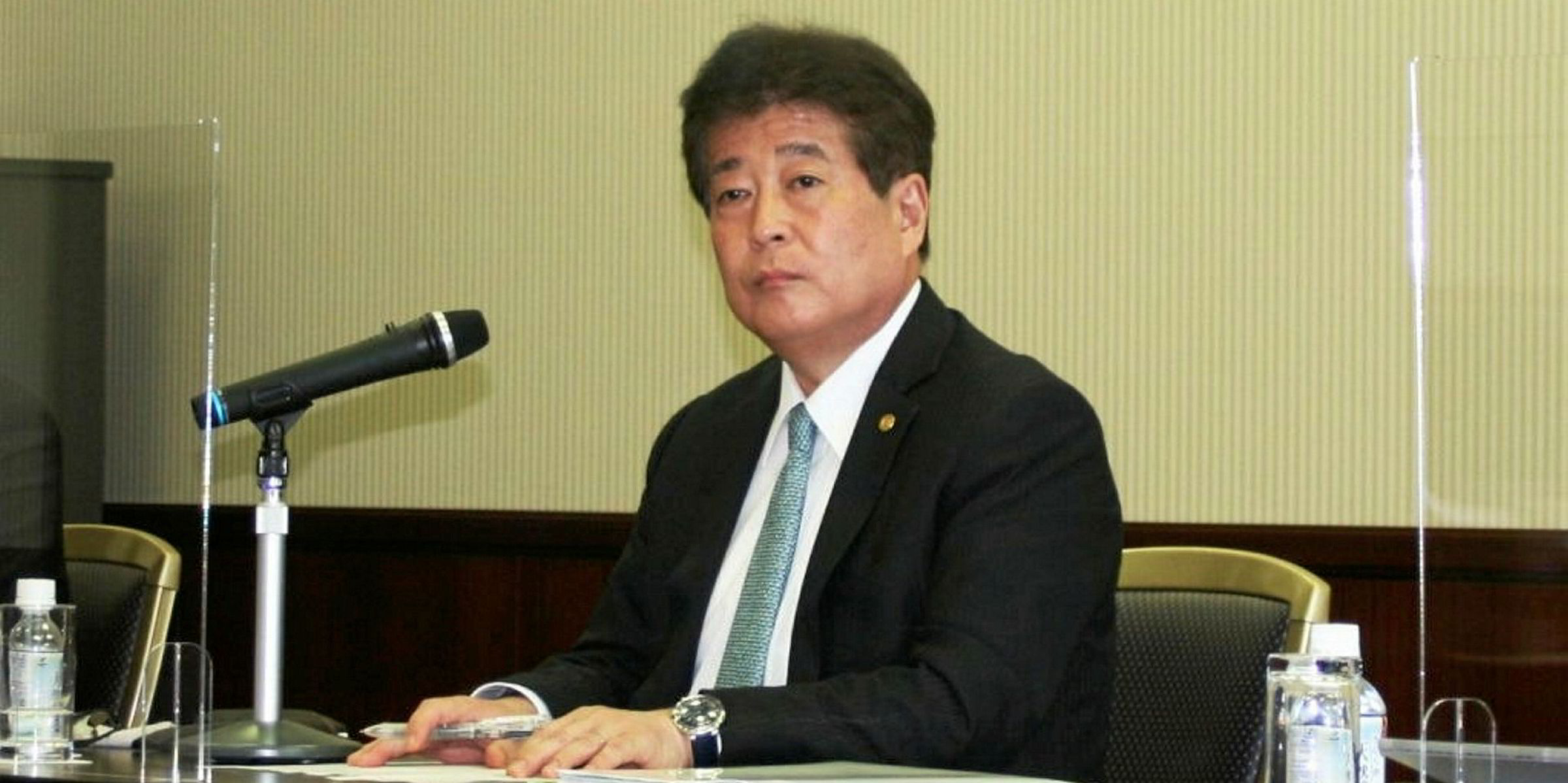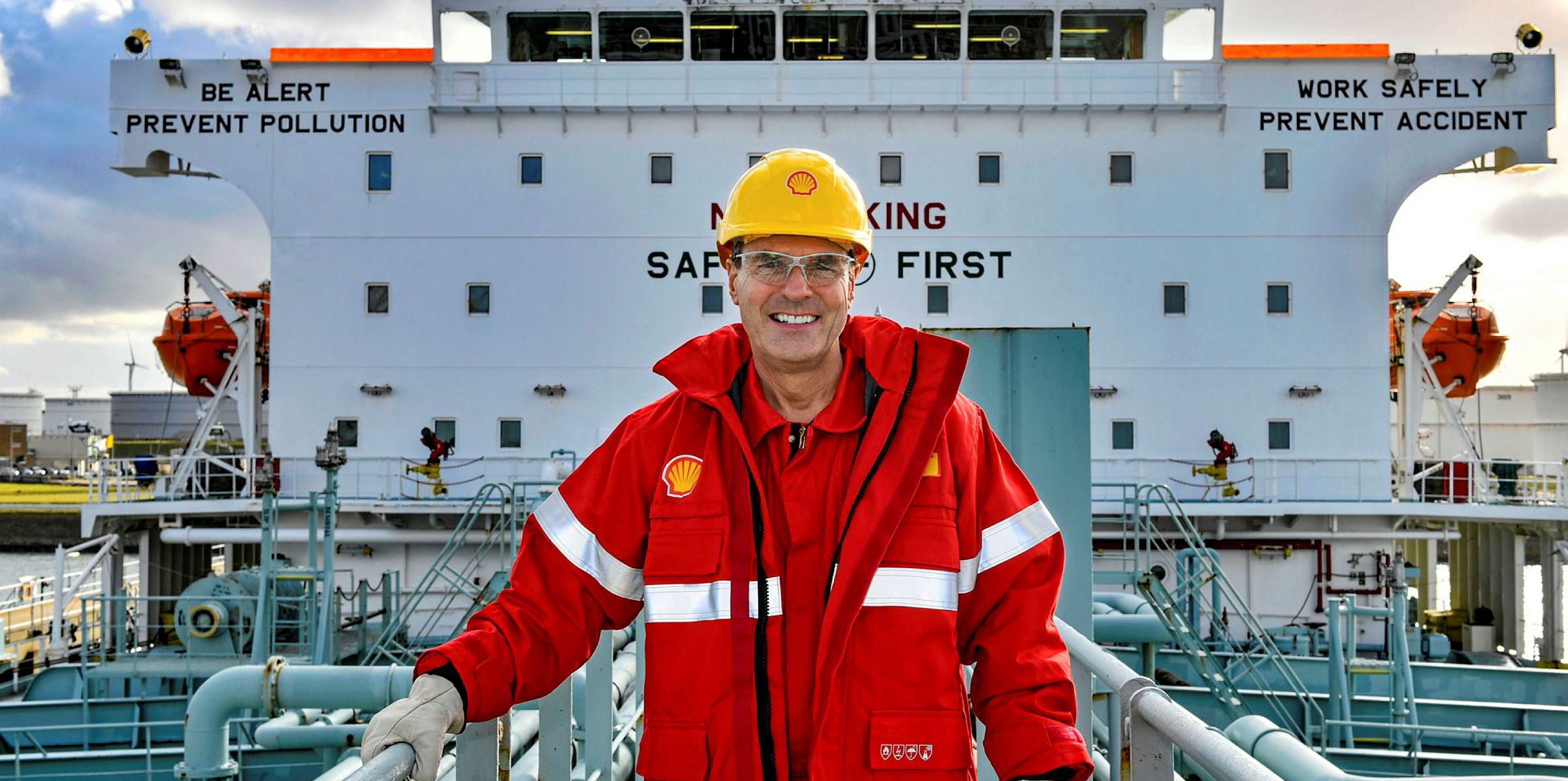ClassNK, NYK Line and Japan Marine United have launched a joint research and development (R&D) project to use ammonia as a marine fuel and for power generation.
The three prominent Japanese companies will seek to commercialise an ammonia carrier that can fuel on the cargo it carries and a barge equipped with a floating storage and regasification facility exclusively for ammonia.
“This joint R&D aims not only to utilise ammonia as a marine fuel but also to establish methods for the mass transport and supply of ammonia,” shipowner and operator NYK Line said.
The project also aims to find a way to introduce “a mixed combustion of ammonia into coal-fired power stations operated by Japanese electric power companies”, the shipping giant added.
“As a result, the R&D is expected to contribute significantly to the decarbonisation of not only the maritime industry but also the energy industry.”
According to the companies’ blueprint, the ammonia carrier will become one of the first ocean-going vessels that emit no CO2 and the barge can function as an alternative to land-based facilities for the stable supply of ammonia.
Shipbuilder Japan Marine United will be developing the two types of vessels. NYK Line will be responsible for establishing their operation methods, considering their legal compliance and evaluating their financial feasibility.
ClassNK, a classification society, is to provide the technical verification on safety matters.
Ammonia has been hailed as a potential marine fuel of the future after the International Maritime Organization set a target to cut international shipping's greenhouse gas emissions in half by 2050.
In an ABS survey earlier this year, nearly 60% of respondents said they viewed ammonia and hydrogen as the most attractive fuel choices in the long term.
When produced via renewable means, ammonia — a compound of nitrogen and hydrogen — emits nearly no CO2 in its full life cycle as a bunker fuel.
But ammonia is highly toxic and corrosive, and its handling system needs to be composed of stainless-steel tanks and piping, as well as specialised sealants, such as Teflon.
No vessels are running on ammonia currently. Wartsila and MAN Energy Solutions are developing engines that can be powered by the fuel.







